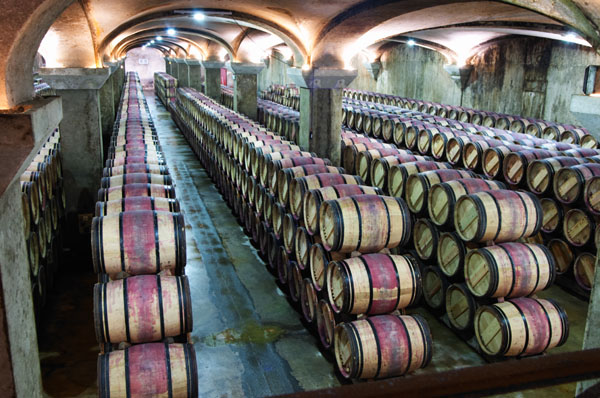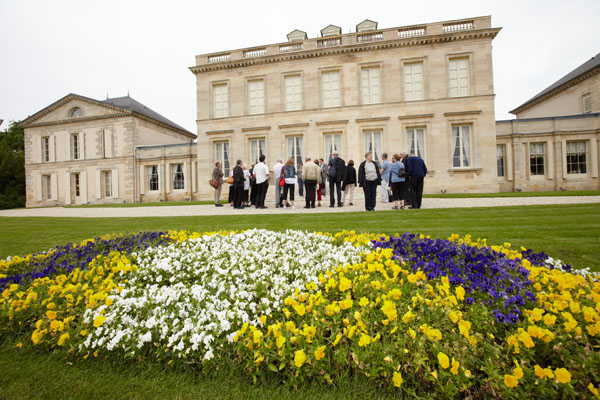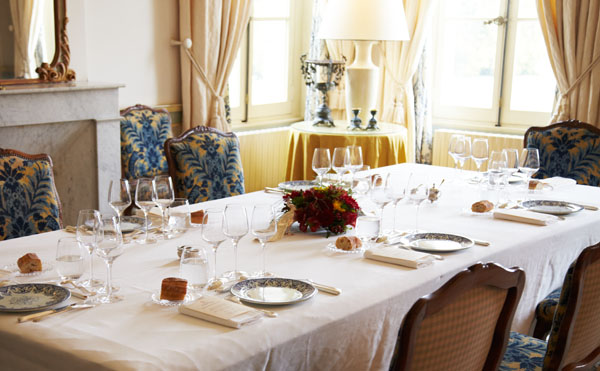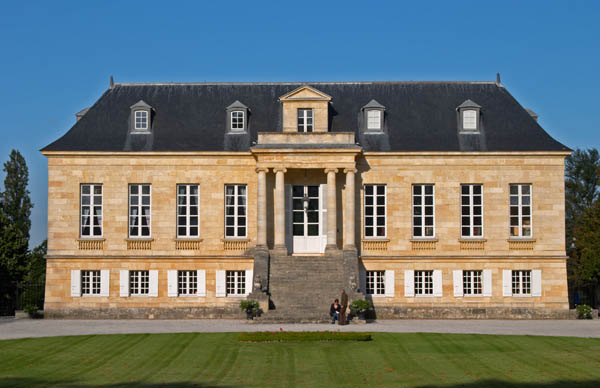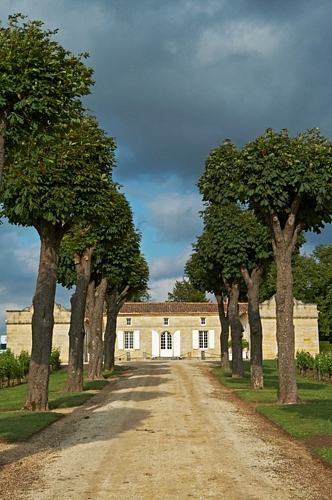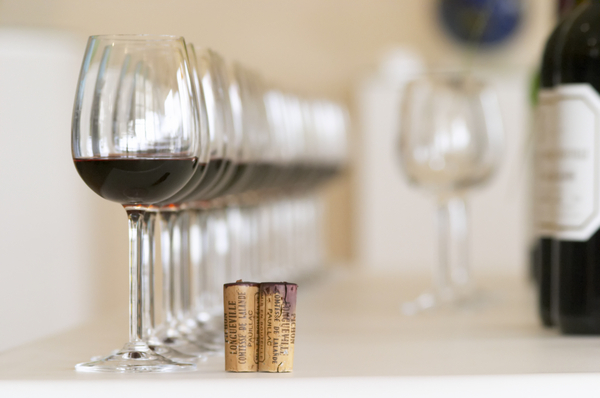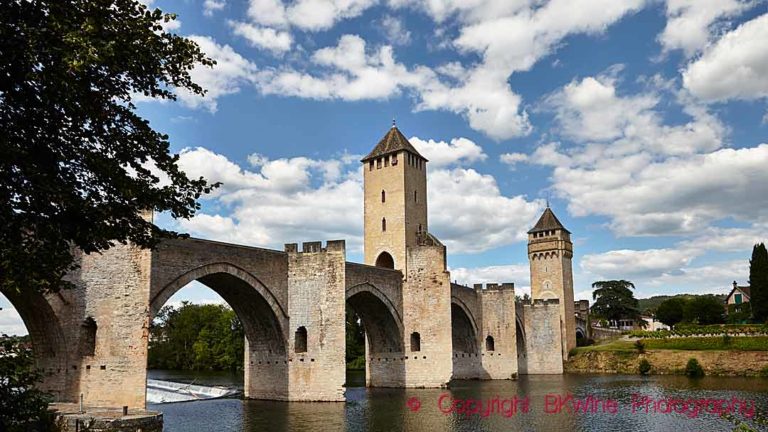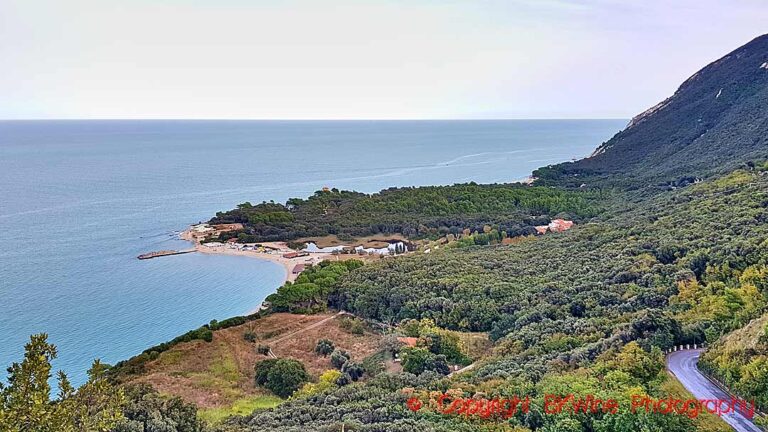What do you most associate with Bordeaux, if not the grape cabernet sauvignon and the chateaux of the Médoc?
Cabernet Sauvignon
Among red grapes there is hardly any grape that is so well-known as cabernet sauvignon. Every single wine country all over the world with some self-esteem has some cabernet sauvignon vineyards. Its style and character are to many wine lovers the quintessence of a high-class and age-worthy wine. But even if Cabernet Sauvignon, along with chardonnay, is the wine world’s globetrotter it has its true residence in Bordeaux, and especially in the well-drained gravel and sandy soil found in the Médoc and the Graves regions.
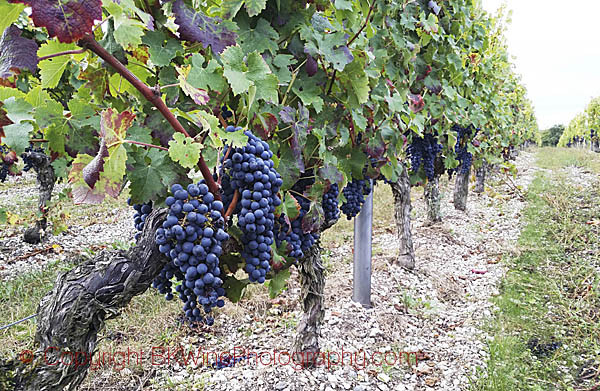
When people talk about put down the wine in the cellar and forgetting about it for 20 years it is most often Bordeaux they talk about. Cabernet Sauvignon has good ageing qualities. One reason is its high tannin content. Tannin exists more or less in all red wines and acts as the wine’s own preservative. But there is more of it in Bordeaux than in many other wines. Plenty of fruit, reminiscent of black currants, is also part of Cabernet and hints of the old cellars and cedar wood (eg newly sharpened pencils or cigar box). A certain austerity and harshness can be felt the first few years and one should in most cases wait, if not 20 years so in any case a few years before drinking most Bordeaux wines.
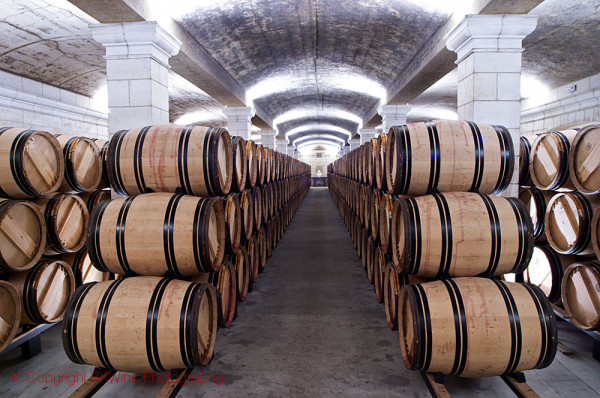
Cabernet Sauvignon is the dominant grape in Médoc and Graves, but not the only one. No Bordeaux wine, either red or white, is made up of 100% of a single grape variety (though there are exceptions). In the Médoc and Graves, cabernet sauvignon is blended with the softer and rounder merlot and cabernet franc cousins.
Then there are two more black grapes here, Malbec and Petit Verdot, but only to a small extent. All the grapes add something to the wine but another advantage is that bad weather, in case it happens, may only strike some variety and some grape varieties survive unscathed in to the fermentation tanks.
A typical blend in the Médoc is 65% Cabernet Sauvignon, 20% Merlot, 10% Cabernet Franc and 5% Petit Verdot.
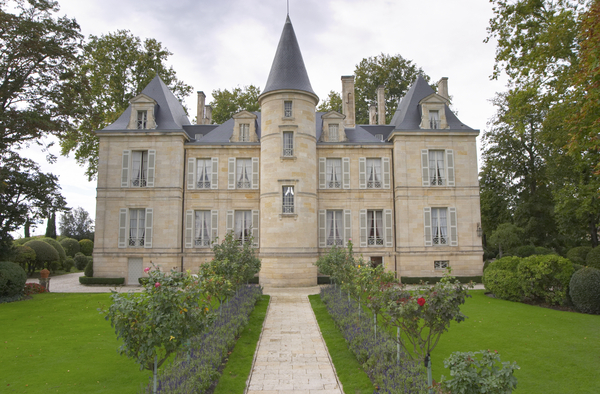
The Médoc chateaux, with the classification
A trip in the Medoc is a bit like a storybook trip. The beautiful palaces, chateaux, are located almost wall-to-wall and all that we have read about in wine books are here. The landscape, however, is flat and boring but it is more than compensated by all the famous chateaux you see.
Everything exude tradition and history in the Médoc, not least the classification of the Médoc chateaux that was made for the World Exhibition in Paris in 1855 and that still exists today, more than 150 years later. 60 chateaux were classified and divided into five groups, the premier grand cru classé, deuxième grand cru classé etc. Only one change has been made. In 1973 Chateau Mouton-Rothschild moved from second cru to first cru, something that Baron Philippe Rothschild had struggled to make happen ever since he took over the chateau in the 20s.
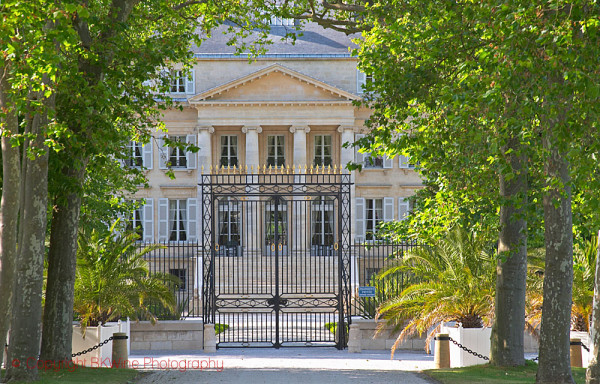
The first group now consists of five chateaux: In addition to Mouton also Chateau Latour, Lafite-Rothschild, Margaux and Haut-Brion. The latter is located in the Graves and was the only non-Médoc chateaux to be included in the classification.
The quality of many of the 60 “grand cru” chateaux has undoubtedly been on a roller coaster during these 150 years, but today it is fairly stable in most cases.
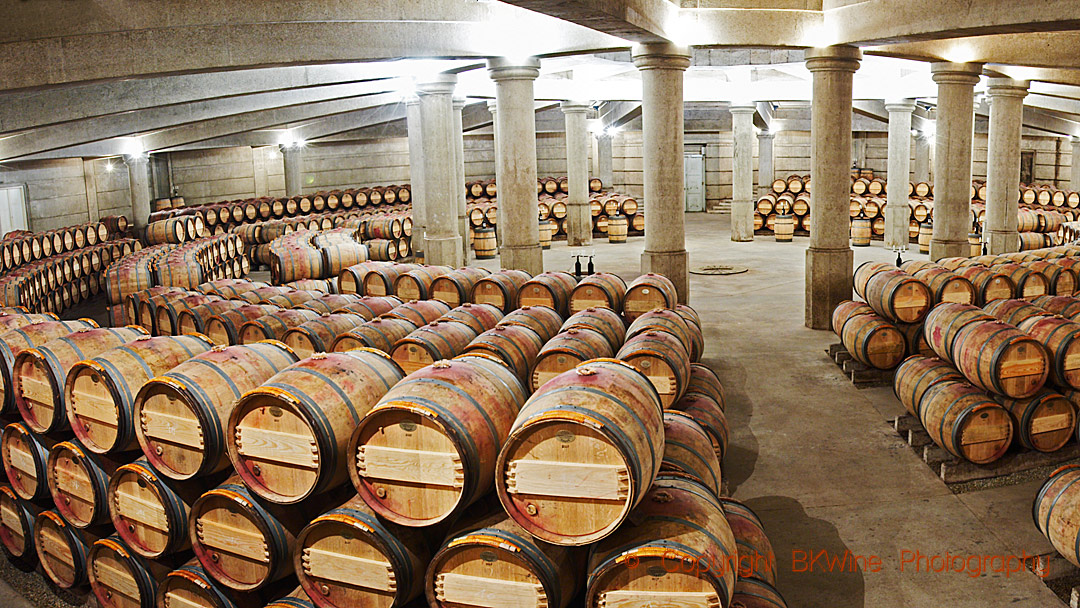
From family agriculture to insurance giants
Economic crisis have hit even the Médoc over the years, which has meant that many chateau are today no longer family-owned. Large multinational companies, fashion houses, insurance companies, banks and others have joined into the game. Beverage and food giant Suntory of Japan bought Château Lagrange in the early 80s, a 3rd Cru Saint-Julien. That foreign companies buy chateaux in the Bordeaux is a matter on national level and the French Government gave its consent to the deal only on condition that Suntory invested an additional 10 million francs in the chateau after the purchase (a lot of money at that time). The investment they made turned out to be 200 million francs…
Château Lagrange has today one of Médoc’s most modern wineries while making one of the best wines. (Although in the last decade there has been a building boom in Bordeaux with many chateau investing large sums of money in showcase new wineries, often architectural wonders. If you ever wondered where the money went, you will see it here.)
To be acquired by large companies is not necessarily a bad thing. Look for example at the insurance company AXA which is one of the giants in Bordeaux today. They own some 10 chateaux in Bordeaux, including the prestigious second cru Château Pichon-Longueville-Baron (recently renamed just Pichon-Baron) in Pauillac. One other new wine chateau owner is the fashion house Chanel that bought Château Rausan-Sail, a second cru Margaux.
Read more about the 1855 classification here:
- The 1855 classification in Bordeaux, a quick introduction
- The 1855 classification of wine estates in Bordeaux | the list
[box type=”info” style=”rounded” border=”full”]It is a special experience to travel around in Bordeaux with all its famous wines. Join us on a wine tour to Bordeaux that will take you to some of the fabulous chateaux and taste excellent wines and luxurious food, with BKWine. Next tour is in September!
Travel to the world’s wine regions with the experts on wine and the specialist in wine tours.
Wine tours like no others can.[/box]
